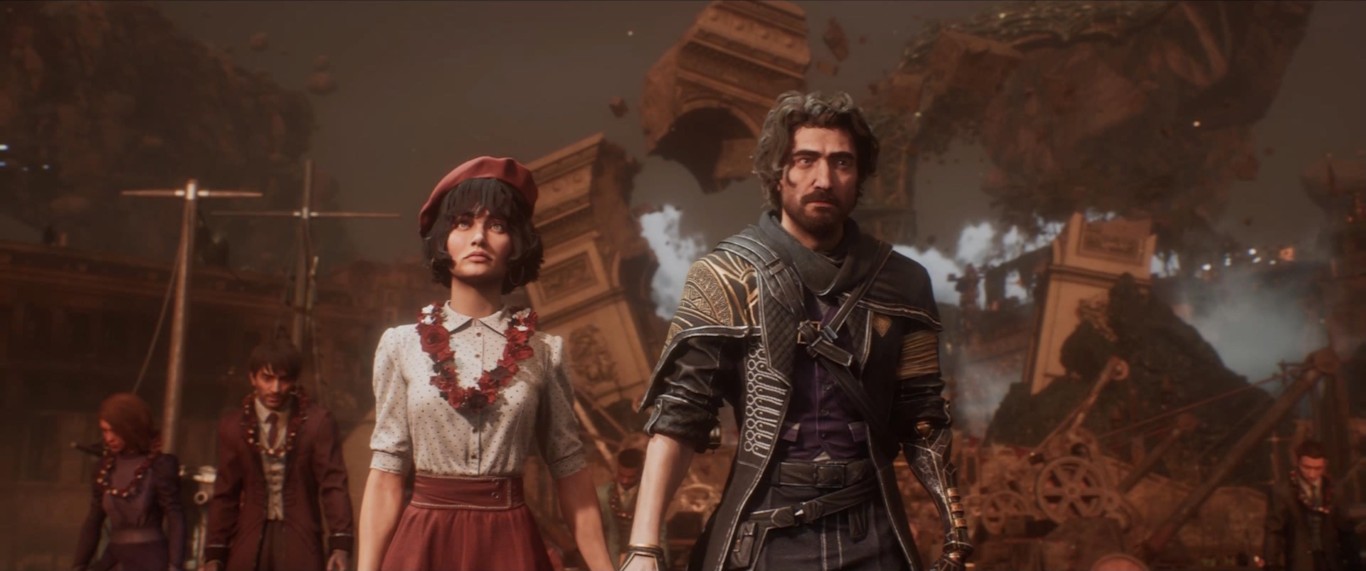
"The starting point in Tetsuya Takahashi's "Xenoblade Chronicles 3" is a frank admission that no one knows how to handle grief, honor the dead, or live what amounts to a good life."
""Expedition 33" is one of the most sensitive handlings of grief and artfully crafted stories in the medium, though it does little to prove that in its early hours."
"An apocalyptic event called The Fracture tore the world of "Expedition 33" apart a century before the story begins and dropped part of Lumiere-the game's version of Paris-into the ocean."
"This is also how Lumiere sends off its annual expeditions, where dozens of people travel back to the shattered continent in the hopes of stopping the Paintress and saving their loved ones."
The article discusses how video game writers have matured in their portrayal of death and grief, emphasizing the meaningful narratives crafted around these themes. "Xenoblade Chronicles 3" sets a tone that acknowledges the struggles of handling loss, while "Clair Obscur: Expedition 33" dives into the emotional aftermath of an apocalyptic event known as The Fracture. In its haunting world, citizens face yearly deaths under the Paintress's curse, leading to complex stories about loss and the human condition, despite early doubts about its depth.
Read at Roger Ebert
Unable to calculate read time
Collection
[
|
...
]